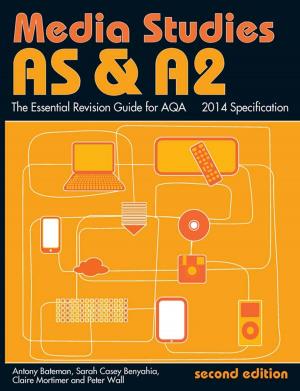Psychoanalytic Listening
Methods, Limits, and Innovations
Nonfiction, Health & Well Being, Psychology, Mental Health| Author: | Salman Akhtar | ISBN: | 9780429917967 |
| Publisher: | Taylor and Francis | Publication: | May 1, 2018 |
| Imprint: | Routledge | Language: | English |
| Author: | Salman Akhtar |
| ISBN: | 9780429917967 |
| Publisher: | Taylor and Francis |
| Publication: | May 1, 2018 |
| Imprint: | Routledge |
| Language: | English |
'Joseph Breuer's celebrated patient, Anna O., designated psychoanalysis to be a "talking cure". She was correct insofar as psychoanalysis does place verbal exchange at the center stage. However, the focus upon the patient's and therapist's speaking activities diverted attention from how the two parties listen to each other. Psychoanalysis is a listening and talking cure. Both elements are integral to clinical work. Listening with no talking can only go so far. Talking without listening can mislead and harm. And yet, the listening end of the equation has received short shrift in analytic literature. This book aims to rectify this problem by focusing upon analytic listening. Taking Freud's early description of how an analyst ought to listen as its starting point, the book traverses considerable historical, theoretical, and clinical territory. The ground covered ranges from diverse methods of listening through the informative potential of the countertransference to the outer limits of our customary attitude where psychoanalytic listening no longer helps and might even be contraindicated.'- Salmon Akhtar, from his Introduction
'Joseph Breuer's celebrated patient, Anna O., designated psychoanalysis to be a "talking cure". She was correct insofar as psychoanalysis does place verbal exchange at the center stage. However, the focus upon the patient's and therapist's speaking activities diverted attention from how the two parties listen to each other. Psychoanalysis is a listening and talking cure. Both elements are integral to clinical work. Listening with no talking can only go so far. Talking without listening can mislead and harm. And yet, the listening end of the equation has received short shrift in analytic literature. This book aims to rectify this problem by focusing upon analytic listening. Taking Freud's early description of how an analyst ought to listen as its starting point, the book traverses considerable historical, theoretical, and clinical territory. The ground covered ranges from diverse methods of listening through the informative potential of the countertransference to the outer limits of our customary attitude where psychoanalytic listening no longer helps and might even be contraindicated.'- Salmon Akhtar, from his Introduction















